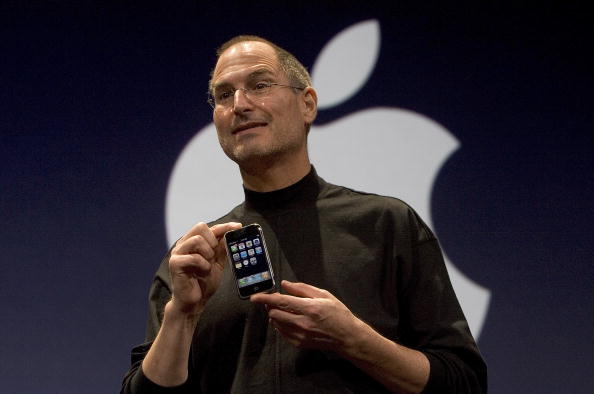Editor’s note: Chris St. Hilaire, co-founder and CEO of MFour Mobile Research, Irvine, Calif.
Ten years ago today, on June 29, 2007, the Apple Store on New York’s Fifth Avenue opened for business, and in streamed the first U.S. consumers to buy an iPhone – a distinction they’d earned by camping out four days ahead of time to ensure they’d be first at the sales counter.
When the history of marketing research is written, students of the industry will marvel at how a discipline that exists to provide sharply-honed, statistically reliable, up-to-the-minute data and insights into any and every shift in consumers’ attitudes and behaviors could have failed for so many years to understand the implications of what went down on June 29, 2007.
The impact of the iPhone
Apple’s iPhone and its iOS operating system kick-started a new era in the history of communications and information sharing – along with Google’s Android operating system, which debuted in the U.S. on Oct. 22, 2008, when the first Android-powered smartphone, the T-Mobile G1, went on sale.
 The world had first learned of Apple’s new smartphone at 9:44 a.m. PT on Jan. 9, 2007, when Steve Jobs paused during his keynote address at the Macworld 2007 conference in San Francisco and told a cheering crowd that “today Apple is going to reinvent the phone, and here it is.” The iPhone, he proclaimed, was not just “a revolutionary mobile phone,” but “a breakthrough Internet communications device” controlled with a finger-tap on its screen. “It’s the Internet in your pocket, for the first time ever.”
The world had first learned of Apple’s new smartphone at 9:44 a.m. PT on Jan. 9, 2007, when Steve Jobs paused during his keynote address at the Macworld 2007 conference in San Francisco and told a cheering crowd that “today Apple is going to reinvent the phone, and here it is.” The iPhone, he proclaimed, was not just “a revolutionary mobile phone,” but “a breakthrough Internet communications device” controlled with a finger-tap on its screen. “It’s the Internet in your pocket, for the first time ever.”
When tech reviewers got their hands on the devices, even skeptics concurred. The Wall Street Journal reported that the iPhone was “on balance, a beautiful and breakthrough handheld computer.” The New York Times pronounced it “a real dazzler,” and mused that “maybe all the iPhone hype isn’t hype at all.”
The cautionary lesson for marketing research is what iPhones and Android phones did to the market they entered. The BlackBerry, introduced in 2000, was the hottest smartphone on the market when the iPhone arrived but it lacked Internet access. BlackBerry reached its sales apogee in mid-2009, when, according to Statista, it commanded 20.9 percent of global market share, compared to 17.1 percent for iOS and 3.5 percent for Android. The world leader at the time was the Nokia-associated Symbian operating system, which at the start of 2009 commanded a 51 percent market share.
Talk about creative destruction: since then Apple’s share of a soaring smartphone operating system market held steady and Android’s has soared, while BlackBerry and Symbian rapidly fell into the dust bin of tech history. Nokia ended Symbian’s run in 2013, and the BlackBerry’s market share for 2016 was barely a rounding error, at 0.0048 percent of the global market.
“[BlackBerry] never quite managed the transition to smartphones successfully…and after several strategic shifts announced…that it would no longer make its own phones,” Statista’s report recounts.
Surviving the transition
There will be a passage almost identical to the one above in that hypothetical future history of marketing research. It will list a number of major research providers who “never quite managed the transition to smartphones successfully,” and suffered BlackBerry-esque consequences. And it will talk about how researchers who came to embrace the idea of connecting with consumers via their smartphone apps enjoyed a new era of prosperity driven by the fraud-proof quality data and insights that in-app mobile survey technology and app-using panelists made possible.
If there’s one statistic that crystallizes what’s happened it’s this one from eMarketer: in 2016, the average U.S. adult smartphone user spent more than four hours a day accessing the Internet on his or her phone. Mobile apps accounted for 80 percent of that access.
So happy birthday, iPhone, and thanks for the revolution, Apple. Here’s to the next 10 years of mobile excitement and mobile prosperity. And here’s a salute to marketing researchers who are already on board with mobile, and a welcoming toast to the many more insights professionals who will soon join in. As the takeover by iOS and Android has shown, it’s amazing how fast the changes come once a good idea sinks in.
